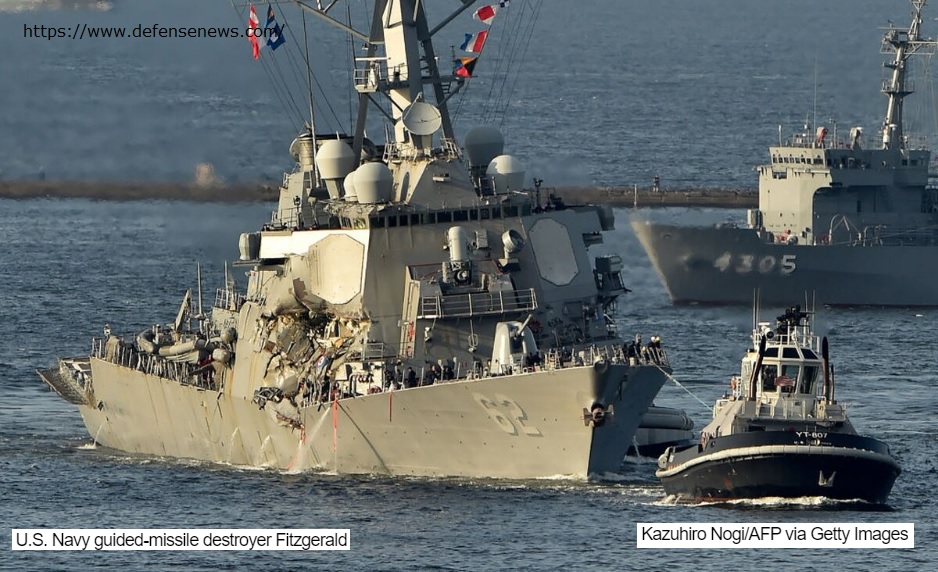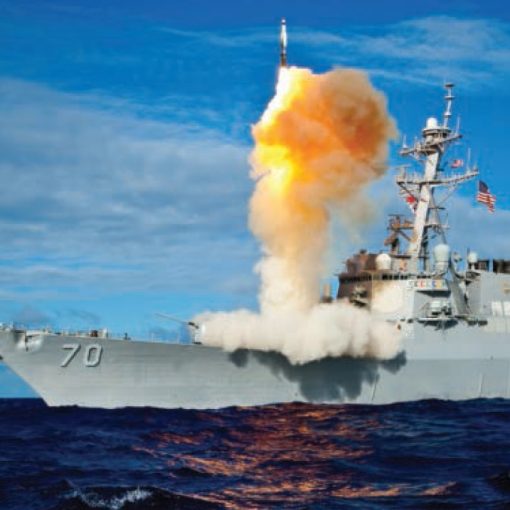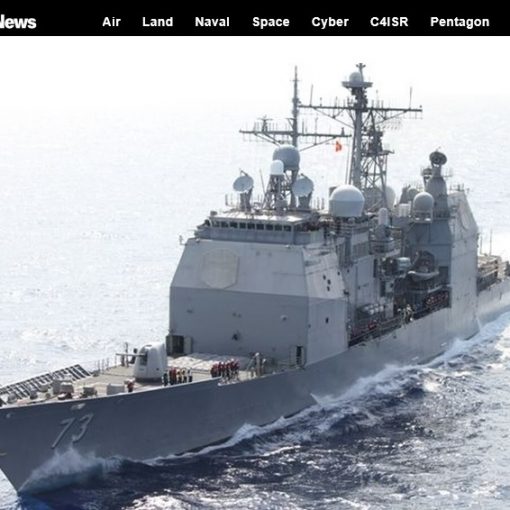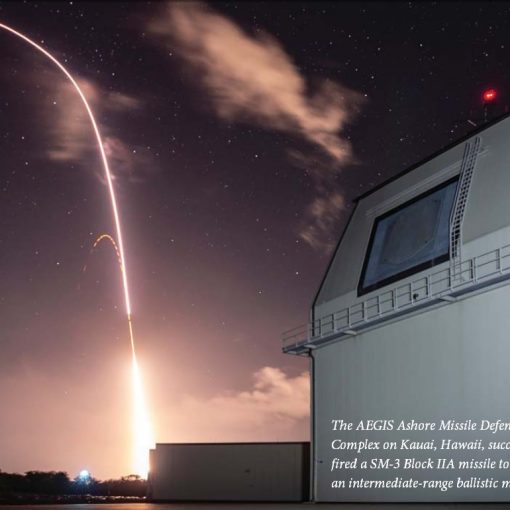The Canadian navy has been asked to do more with less at least since the 1990s – and probably since the beginning. Tasks get added while ships get retired – although this may change when the new ships join the fleet in a few years. The navy is known for its ‘can do’ attitude but at what point does this cause problems. When does doing more with less start to be dangerous? The US Navy may illustrate the breaking point of doing more with less. USN ships from the 7th Fleet have been in two deadly collisions in two months – with 17 sailors losing their lives – as well as several other incidents. These incidents illustrate that something has gone wrong with the USN, forward-deployed ships in particular. Admiral John Richardson, Chief of Naval Operations, has ordered the 7th Fleet to look at the training and readiness of forward-deployed personnel in Asia. Good idea but hasn’t this been done already? In 2015, the Government Accountability Office reported that the high pace of operations was taking a toll on ships forward-deployed to Japan. The GAO report noted that the high rate of deployment was limiting training and maintenance periods. And apparently this is not just the case for the 7th Fleet. The size of the USN has dropped over the past 20 years but the number of forward-deployed ships has stayed the same. You do the math. Maintenance and training may have fallen fall by the wayside, with tragic results.
See a very interesting article by David B. Larter, “How the US Navy’s Fleet has been on a Collision Course for Years,” Defense News, 28 August 2017, at https://www.defensenews.com/naval/2017/08/28/how-us-navy-fleet-has-been-on-collision-course-for-years/





